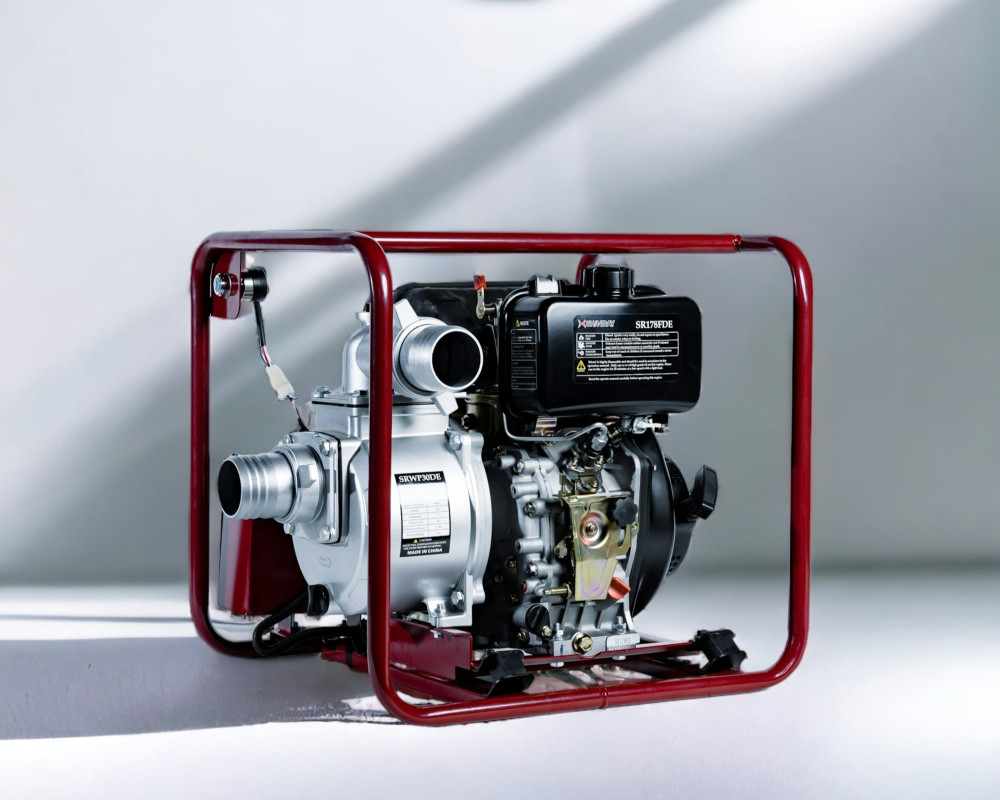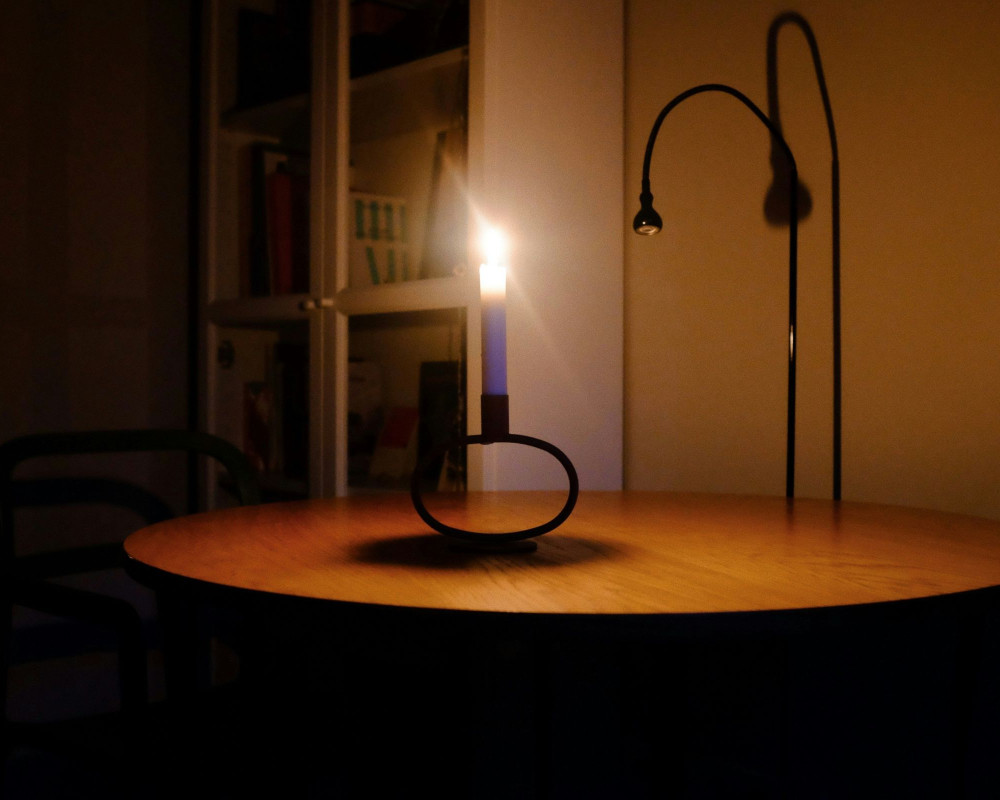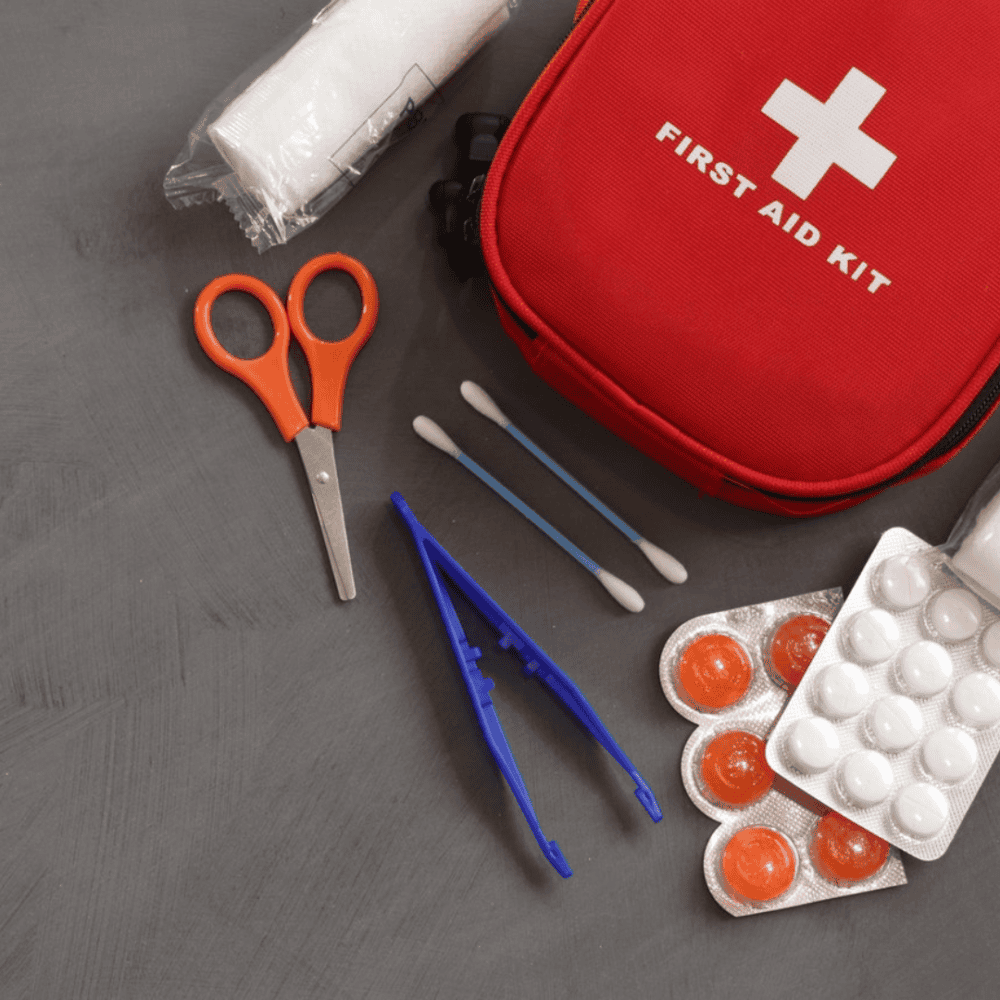
Can You Backfeed a House with a Generator Safely?
Table of Contents
A common question that is often asked is whether you can backfeed a house with a generator. Power outages can be a real inconvenience, especially when you are left in the dark or without essential appliances. Many homeowners turn to generators as a solution to keep the lights on and maintain some level of comfort during blackouts. While generators can be a lifesaver in such situations, it’s essential to use them safely and responsibly.
What Does Backfeeding Mean?

Backfeeding a house with a portable generator is a common practice during power outages, but is it safe? The term backfeeding refers to the process of directly connecting your generator to your house’s electrical system, bypassing the main circuit breaker. While this may provide temporary relief for essential appliances and lighting, it can be extremely dangerous if not done correctly. Please remember, even though backfeeding might seem like an easy solution for powering up during outages, prioritizing safety should never be compromised for convenience.
To ensure safe usage of a generator during power outage, experts strongly recommend employing a transfer switch installed by a licensed electrician. A transfer switch allows you to disconnect your home from the power grid when using the generator and vice versa. This eliminates any risk of backfeeding and minimizes potential hazards to both utility workers and yourself.
Safety Concerns of Backfeeding
Electrocution Risk
One of the primary risks of backfeeding is that it can endanger utility workers trying to restore power in your area. Without proper safety measures like transfer switches or interlocks in place, electricity from your generator can travel into power lines, potentially injuring or even killing line workers. Backfeeding can also damage your generator and electrical devices if there are voltage fluctuations or improper wiring connections.
Damage to Electrical Equipment
Backfeeding not only poses a safety hazard but also increases the risk of damage to your electrical equipment. When you connect a generator improperly, there is no direct control over the flow of electricity throughout your home’s electrical system. This uncontrolled flow could cause surges in voltage, which can easily overload and fry delicate electronics such as computers, televisions, and other appliances. Additionally, backfeeding can disrupt the balance between potential and ground connections within your wiring system, potentially leading to further damage or irreparable harm.
Fire Hazard
Incorrectly backfeeding electricity can create a fire hazard within your home. Overloaded circuits and faulty connections can lead to overheating and electrical fires, putting your property at risk. One safety concern related to fire hazards that often goes unnoticed is backfeeding.
Education plays a crucial role in raising awareness about this important fire hazard safety concern. Homeowners should be educated about the risks associated with backfeeding, including the potential for fires and electrocution. Local authorities should also take measures to provide information on proper generator usage and emphasize the importance of installing transfer switches by certified electricians. By spreading knowledge about these safety concerns, we can prevent devastating consequences and ensure safer electrical practices for everyone involved.
Legal and Regulatory Issues
In many regions, backfeeding without the proper equipment and permits is illegal and can result in fines or other legal consequences. Governments have implemented strict regulations regarding backfeeding practices. Many jurisdictions require the installation of approved transfer switches or interlocks that prevent electricity from flowing back into the grid. Furthermore, licensed electricians are often mandated to perform such installations to ensure compliance with safety standards. Such measures contribute not only to safeguarding lives but also preventing disruptions in power supply during emergencies or maintenance work.
As technology advances and new renewable energy sources come into play, laws will likely continue evolving in response to emerging challenges surrounding this practice.
How to Safely Use a Generator During Power Outages

Transfer Switch
A transfer switch is a device that isolates your home from the grid and ensures that power from the generator can’t flow back into the utility lines. It allows you to switch between grid power and generator power seamlessly. Installing transfer switches or interlock devices ensures proper isolation between utility power and the generator supply while allowing you to safely switch between these sources when necessary. By taking these precautions seriously, you not only safeguard against potential injuries but also preserve valuable electronic devices from costly damages caused by uncontrolled electricity flow.
Professional Installation
When it comes to installing a generator transfer switch, professional installation offers numerous benefits over a DIY approach. Not only does it ensure the job is done correctly, but it also provides peace of mind knowing that experts have inspected and tested your system for safety and efficiency. Professionals are trained to handle the complexities of electrical work, ensuring that all connections are secure and up to code.
Another advantage of professional installation is their expertise in determining the right size and type of generator transfer switch for your specific needs. They can assess your energy requirements and recommend the most suitable equipment to handle the load without risking overload or damage. Additionally, professionals can customize the installation according to your home’s layout and electrical setup, maximizing convenience while minimizing disruptions to daily life. They will also ensure the proper setup and compliance with local regulations.
Grounding
Always ensure that your generator is properly grounded to prevent electrical hazards. Grounding is the process of connecting an electrical system or device to the earth with the purpose of preventing electrical shock and keeping everything safe and sound.
One important aspect of grounding a generator is making sure that it is placed on dry ground. Moisture from rain or other sources should never come into contact with the generator as this increases the risk of electrocution. Additionally, generators should always be grounded using a grounded conductor wire. This means connecting one end of the wire to the grounding terminal on the generator and burying the other end at least 24 inches deep in moist soil.
It is essential to regularly inspect and maintain both your generator and its grounding system especially if you intend to use it frequently during power outages. A loose connection or faulty grounding wire can compromise safety measures significantly. Conduct periodic checks for frayed wires, corrosion, or damage to ensure optimal performance. By paying attention to proper grounding techniques and performing routine maintenance tasks, you can maximize safety when utilizing a generator during power outages
Generator Capacity
Choosing the right size generator requires understanding your power needs and considering potential future electrical demands. It is essential to evaluate the wattage requirements of your appliances, including refrigerators, air conditioners, and heating systems, to determine the appropriate generator capacity.
One important consideration is that oversizing your generator can be just as problematic as undersizing it. Oversized generators not only consume more fuel but also do not reach peak operating efficiency under lighter loads. On the other hand, an undersized unit may struggle to power all necessary appliances during an outage, potentially causing damage or malfunctions due to overloading.
When determining the correct generator capacity, it’s advisable to prioritize essential appliances and circuits rather than attempting to power every device simultaneously. By focusing on critical items like refrigeration units, medical equipment if applicable, or heating systems during winter months, you can allocate available wattage more effectively. Remember that using extension cords and plug strips introduces additional resistance that may limit how much wattage a generator can deliver effectively. Directly connecting appliances using heavy-duty extension cords will help maintain voltage stability across various devices.
Regular Maintenance
Most people only think about their generator when it’s needed, but neglecting regular maintenance can lead to unexpected breakdowns and potential safety hazards. One crucial aspect of generator maintenance is checking the oil levels regularly. Generators rely on oil to keep the engine lubricated and prevent overheating, so ensuring that there is enough oil before every use is essential.
In addition to checking the oil levels, it’s important to inspect the fuel system. Over time, fuel can become contaminated or stale, which can negatively impact your generator’s performance. Regularly draining any old fuel and replacing it with fresh fuel will help keep your generator running smoothly during power outages. Additionally, don’t forget to clean or replace the air filter periodically. A clogged air filter restricts airflow and reduces efficiency, potentially leading to problems with your generator’s engine.
Regular maintenance also includes conducting electrical checks on your generator. Inspecting wiring connections ensures that there are no loose connections or corrosion that could pose a fire risk. Testing the voltage output using a multimeter allows you to identify any abnormalities in the electrical system of your generator before they become bigger issues.
While these routine checks are vital, some maintenance tasks and all significant repairs require specialized knowledge and tools. For instance, addressing complex electrical issues or engine problems often goes beyond basic DIY. Ensuring your generator is professionally serviced not only extends its lifespan but also guarantees it operates safely and efficiently when you need it most. If you’re in the Cold Lake area and facing generator issues or simply want to ensure your unit is in top condition, expert generator repair Cold Lake services can provide the peace of mind you need. Regular professional attention helps prevent unexpected breakdowns and costly emergency routines.
Conclusion
While it is technically possible to backfeed a house with a generator, it is not recommended due to the potential safety hazards involved. By taking the necessary steps to ensure proper usage of generators, we can minimize the risk of accidents and protect ourselves and others. Always remember, when it comes to electricity, safety should always be the top priority.



